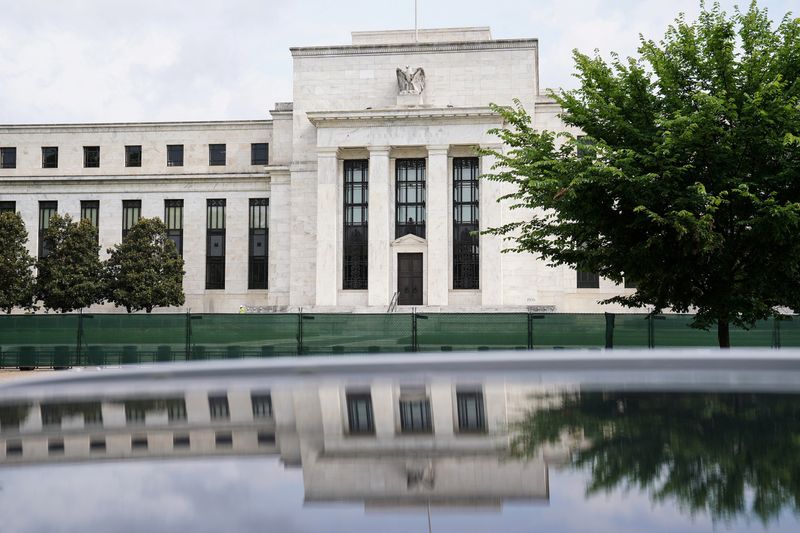The article you provided discusses the uncertainty surrounding a softer labor market which is being used to argue for faster Federal Reserve cuts according to JPMorgan. While the views and analysis presented in the article are insightful, there are additional factors at play that also affect the decision-making process of central banks and other financial institutions.
One key consideration in the current economic landscape is the ongoing trade tensions between the United States and China, as well as other countries. These trade disputes have not only created uncertainty in the global market but also impacted various sectors of the economy. The tariffs imposed by the U.S. and retaliatory measures by other nations have led to disruptions in supply chains, increased costs for businesses, and dampened investor confidence.
Furthermore, geopolitical events such as Brexit and political instability in various regions around the world contribute to the overall uncertainty that central banks have to take into account when formulating their monetary policies. The ramifications of such events can have far-reaching effects on the global economy and financial markets.
It is also important to consider the broader economic indicators beyond just the labor market data. Inflation, consumer spending, business investments, and housing market trends are all critical factors that central banks monitor to gauge the health of the economy. A holistic approach to analyzing these indicators is necessary to make informed decisions regarding interest rates and monetary policy adjustments.
Another aspect that cannot be overlooked is the impact of technology and automation on the labor market. As industries increasingly adopt robotics and artificial intelligence, jobs are being displaced and the nature of work is evolving. This shift in the labor market dynamics has implications for wage growth, job creation, and overall economic productivity.
In conclusion, while the softer labor market is undoubtedly a significant consideration for the Federal Reserve and other central banks, it is essential to take a comprehensive view of the economic landscape. By factoring in trade tensions, geopolitical risks, broader economic indicators, and technological advancements, policymakers can make well-informed decisions to navigate the uncertainties and challenges of the current financial environment.


